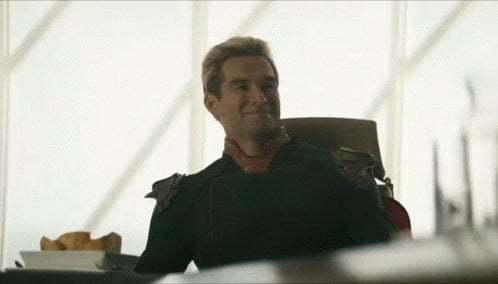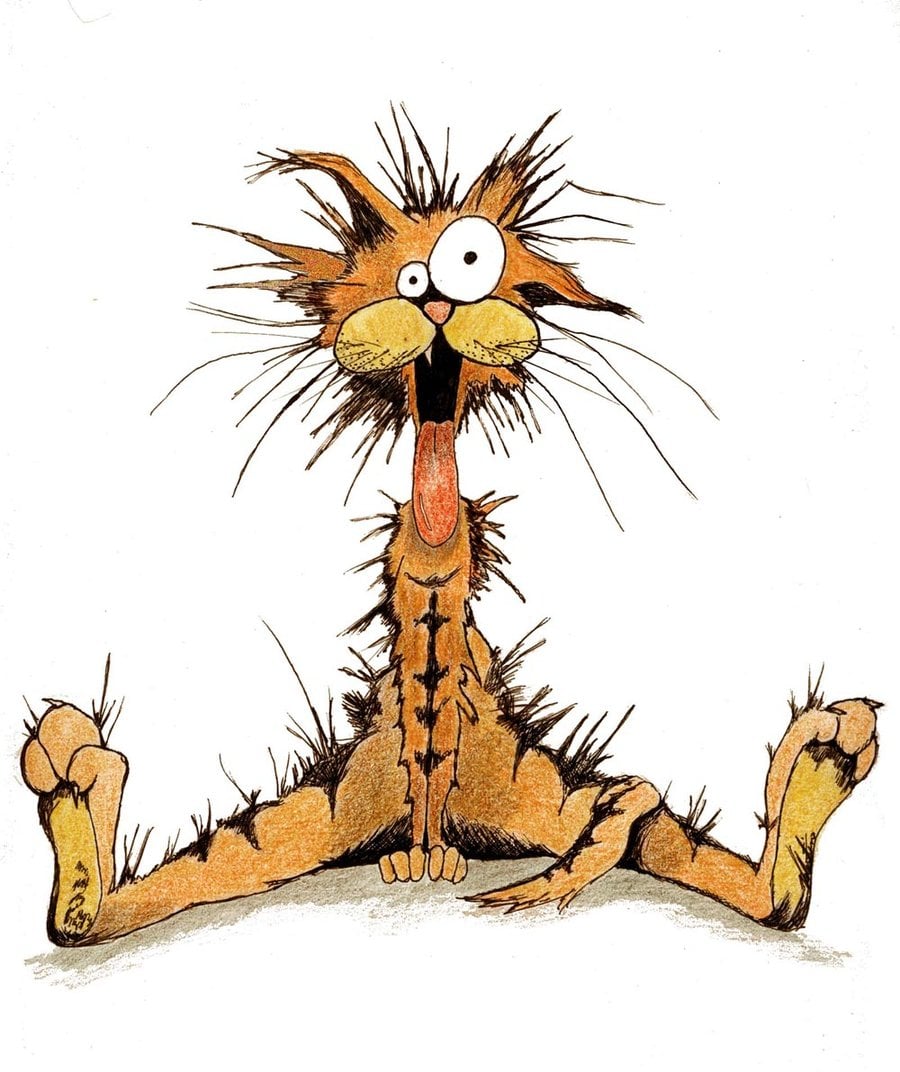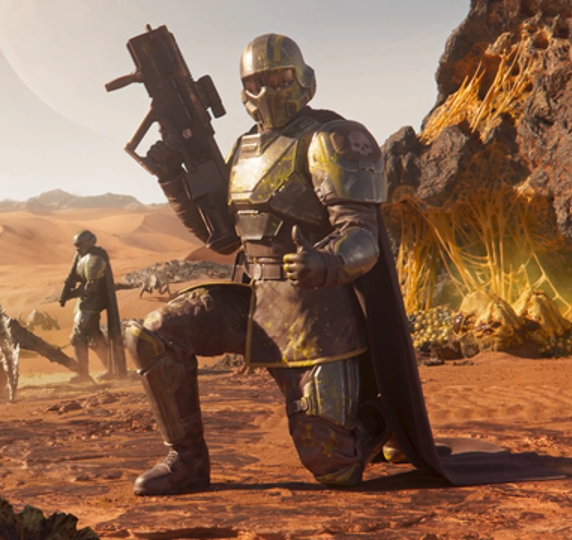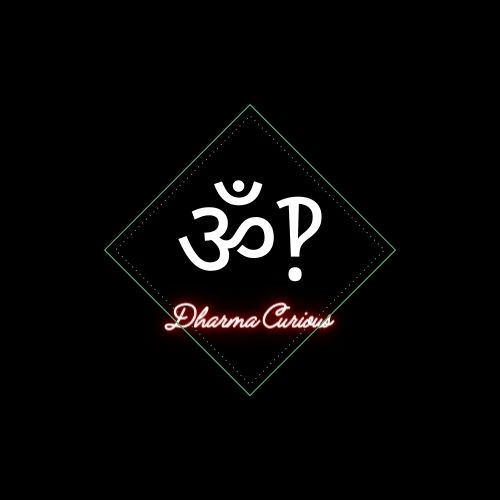Just to be well and truly fuckin clear. I am not now nor have I ever been nor will I ever be contemplating shagging a family member.
Human genes only really “work as intended” when they are combined from very different sets.
So-called “recessive” genes are overruled by your partner’s different pile of genes. They are usually shit traits like soggy bones or hair growing backwards, but since they never dominate, they haven’t been naturally selected away. They’re just harmless baggage.
You can still get them because it’s all random, but the likelihood is generally low.
If you don’t have that difference in mating genes, more of these recessive genes get to have a say in building the human. This severely increases the likelihood of birth defects.
https://en.wikipedia.org/wiki/Inbreeding
Fun fact: This is one of the reasons why - when we start colonies on the Moon or Mars or wherever - it’s important that we send a fuck ton of people.
Well, there’s a new insult: “You soggy-bones looking mother fucker.”
Drink milk

Can’t wait for next season
GenV wasn’t good enough.
That just reminded me of the only community I really miss from reddit, r/neverbrokeabone. Lemmy just doesn’t have the number of users to support such a niche community.
But yeah, there were all sorts of good insults there for when people broke a bone. “Soggy-bones mother fucker” would have fit right in.
It’s 4 in the morning and I’m sick, got them albuterol inhaler shakes, and “soggy bones” made me laugh so hard I went into a coughing fit.
It was backwards hair that did it for me.
Ok, but why are recessive genes necessarily bad?
Or, they probably aren’t, but it turns out when you activate them you get more bads than the goods. Why is that?
Good question!
They aren’t necessarily bad as such, just “random and unfiltered”.
Dominant genes get “battle tested” all the time, by definition. The harmful ones are likely to result in a human that can’t survive or have children, while the good ones remain.
For mars, they could do whole-genome sequencing and select for people with fewest deviations from the de facto wild-type human genome.
That sounds unsettlingly like eugenics.
Yea but Mars is not the right place to just wing it.
I don’t know that I agree. Or rather, I agree, but come to the opposite conclusion.
I think that as we take our first steps into the broader universe, we have to consider the ethics and morality that we’re stepping out with. If we choose people based on (let’s face it) arbitrary genetic variation, independent of their ability to perform the tasks assigned or their representative value to the human race as a whole, that means that as we plant our flag on the Martian soil, we’ll be taking eugenics with us.
The minimum viable population of a species is about 50. In order to prevent genetic drift over time you need closer to 500, but we’re sapient; we can implement genetic therapies when needed to help maintain allele frequency while the population is growing. And, in reality, operating a long-term Martian colony is probably going to need more than 50 people anyway; a recent NASA study suggested 25 would be enough, but previous research said 100+ would be necessary.
And keep in mind, an actual Martian colony doesn’t have to be self-sustaining in a complete vacuum (ha) for centuries. It will probably be only a generation or two before regular travel between the two planets will be possible. Plus, if we build and maintain a lunar colony first, the initial population of a Martian colony can be much larger.
In short, I think I’d rather work harder and send more people so that we can ensure we’re maintaining our values, than allow such a retrograde idea as eugenics to poison our first venture toward being a multi-planet species.
Many birth defects are rare, and require 2 copies of a defective gene to show up. Most “normal” people will be carrying a few defective genes (out of thousands of pairs), but are fine because they have a good copy still working.
Family members tend to have similar genes.
The chances of you and a family member having the SAME defective gene are massively greater than you and some random stranger.
Thus any child would also have a massively greater chance of inheriting 2 identical copies of the defect.
Swiss cheese theory.
Genes code for all the differnet protein molecules in your body; if any of them are damaged, they don’t produce that particular protein and your body is all messed up.
This is bad. Luckily, you have two strands of DNA, one from either parent - and a copy of each gene on either strand. If the copy of the gene you need on strand A is broken, no problem, you just use the copy from strand B (or vice-versa).
However, this relies on both strands having all their broken bits in different places.
Think of a slice of swiss cheese - if you need 100% cheese cover on your sandwich, and you have two randomly-selected pieces of swiss cheese, all the holes are going to be in different places, and you’ll probably be fine. Maybe there’ll be a couple of tiny gaps, but you’ll probably get by.
However, if both slices come from right next to each other n the same block, then most if not all the holes are going to line up with each other, and you are fucked.
I am a carrier of CFTR mutations. If I knock up a random woman theres a 1 in 80000 chance of the child having cystic fibrosis. If I knock up my sister theres a 1 in 16 chance instead.
I’m being pedantic, but if you know you’re a carrier (and don’t know the carrier status of your sister) then it is 1 in 8
You are correct, and i did realize this some time after posting I’m just too lazy to edit it.
This guy does the math before mating with sis.
I have a disease that is autosomal dominant (and absolutely sucks.) That means only one gene (the one I got from Dad) was needed to give me the disease.
Now I have 2 of these genes. Everybody does. You get one from your mother and one from your father. So I got the bad one from Dad, and a good one from my mother.
It’s a super rare disease! If I nail somebody at random in the population, they have 2 good genes they can contribute. My one bad one and one good one flip a coin; our kids could have a bad one from me (and die young) or a good one from me (and be fine!)
But if I nail a brother who had the bad gene, there’s a coin flip for both of us. Even if I give a good gene, he might give a bad one! Way more likely the bad thing happens.
(So, so grateful none of my brothers have it so I don’t have to get all squicked imagining that but it makes my point.)
Not all bad things are as easy to see as my disease. Lots of them “hide” until you get two bad things. But it’s more likely two siblings have similar hidden bad things, which makes it more likely the bad things will show up in their child.
I’ll try to keep it relatively simple - your cells contain chromosomes that contain your genes. You usually* have two sets of every chromosome.
These genes come in different variations/mutant forms called alleles. Most alleles function more or less the same, but some malfunctions result in deformities.
If a malfunctioning allele results in errant gene inactivation, it is known as recessive, which means as long as your other copy works, you’re all good.
If a malfunctioning allele results in an errant gene activation, it is known as dominant, which means if you have the allele you get the deformity regardless of if your other copy works or not.
Fortunately for life, most malfunctioning alleles are recessive, so as long as you’ve got high genetic variance (a lot of alleles) in a population, the chance of two people meeting with the same recessive malfunction is low.
Incest can result in a drastic decrease in genetic variation, which can result in malfunctioning alleles becoming much more prevalent than they usually would be, resulting in many more cases of recessive deformities than in the wider population.
*For males this is not true of their sex chromosomes. Many genes present on the X chromosome are missing on the Y chromosome, which can lead to sex exclusive traits and diseases.
For example, it is the reason why there are almost no calico/tri-colour male cats, as the genes for it are in X but not Y chromosomes.
For example, it is the reason why there are almost no calico/tri-colour male cats, as the genes for it are in X but not Y chromosomes
And the male calicos that exist actually have Klinefelter syndrome, where they wound up with an extra X chromosome, making them XXY instead of XY.
And so the reason for malfunctioning alleles not to be dominant is probably natural selection. E.g. you select away bad dominant alleles, but if we assume a low pct of inbreeding, the recessive ones are irrelevant and so they stay.
Pretty much…
Recessive malfunctions can hide away amongst carriers for generations before manifesting any deformities, during which time they have no effect on the carrier’s survival, so there’s very little selective pressure against them.
Dominant malfunctions which cause deformities simply can’t hide away, so have enormous selective pressure against them.
Interestingly enough though, there are times where dominant malfunctions can survive that pressure…
For example, having Sickle cell disorder increases your resistance to Malaria, so even though the full form is rarely passed on, the single allele form (which caused partial disorder) is passed on due to a slight positive selection pressure.
Genes mutate.
If you have one copy of a mutated gene, it could be bad. However, one mutated gene is usually recessive or will be co-dominant with the other gene so it isn’t that bad. If you have two copies of that gene, it can be a lot worse.
Two close family members are more likely to have the same mutated gene, so the odds of getting that same mutated gene twice are a lot higher.
It’s mostly a game of chance.
Grossly oversimplified: Say you have black eyes, but carry a blue-eye gene (which doesn’t show because black is dominant). There’s a very good chance your sibling carries the same gene. If the two of you have a child together, there’s a higher chance that the kid will carry double blue genes and has blue eyes.
Had you had the kid with another black eyed person that’s not a sibling, there’s a higher chance that they may carry different genres (black, grey, brown, green eyes). So much lower chance of having a blue-eyed kid.
Imagine the same but with all sorts of physical and mental defects. They may not show in you, but if you carry the genes, there’s a good chance your sibling does too. Hence the higher chance of it showing up in your kids.
Even if the trait doesn’t show in your kids, over generations of inbreeding practice (common in old royal families) the bad genes would be so concentrated in the pool that so many defects will start showing up.
Many families have recessive fucked alleles that cause all kinds of problems. An allele is a variant of a gene. You need two copies of a recessive allele for that gene to be expressed (do something).
Every fucked allele the parents share has a 25% chance of being expressed in the child. The more DNA the parents share the more fucked alleles they share. Usually… sometimes the opposite happens and the number of bad alleles is reduced in the child. Inbreeding can lead to fucked animals and “perfect” ones. Weird stuff.
Now you might be thinking “why do families have so many fucked alleles?”
That’s a good question. The thing about carrying a single recessive, fucked allele is that it doesn’t do anything to you. Mutations happen all the time and so these alleles are floating around and multiplying constantly.
It’s only a problem on the odd chance that they get expressed which is most often when family members produce offspring.
So it’s worth noting that this is the type of thing that we can check for these days. In some cultures it’s acceptable to marry a cousin and I’ve heard that they check for any genetic issues before proceeding when they live in a first world country.
First you need to understand the difference between a dominant and a recessive gene. Dominant genes manifest if they’re present, recessive genes manifest only if there are no dominant genes present. A quick example is blood types, 0 is recessive, both A and B are dominant, you have two genes that specify your blood type, if both of them are 0 you are type 0, any other combination with 0 you’re not 0, i.e. 0A or A0 are A, while 0B or B0 are B. This means that a person with blood AB can’t have a son with blood 0, because his son will either have one A or one B inherited from that person.
Genetic diseases that happen because dominant genes are hard to miss, if you have the gene you have the disease, however genetic diseases that need recessive genes can be carried for generations without anyone manifesting symptoms. But of two persons have the same recessive gene it’s quite possible that their children will have both of the genes be that one and manifest the illness. The chances of two random people having the same recessive genes are quite slim, but the closer people are genetically the higher the chances that they have the same recessive genes. Using blood type as an example, if a parent is AB and the other is B0 their children have 0% chance of being 00, but they have a 25% chance of being A0 and 25% chance of being B0 (the other 25% being AB and BB). Now if their children A0 and B0 have a child of their own that child has a 25% chance of being born 00, whereas if any of them had a kid with a AB, AA or BB the chances would be 0%.
Does this mean that blood type O will become rarer over time and eventually disappear? Does it also imply that someone, like me, who is O- has a family tree with fewer branches on it than most people?
It is possible, but genetics is far more complicated than this. There are also the epigenetic factors for gene expression that is a field of ongoing research. Nothing is ever actually as simple as the example but it is a good example for illustration of the concept.
Recessive alleles like the O blood type are preserved when paired with a dominant allele. So parents that are AO or BO can have children that are OO. The recessive allele’s effects are suppressed, but it doesn’t disappear. It keeps popping back up in future generations. That was one of Mendel’s key discoveries.
The frequency of alleles circulating in a population is affected by drift and selection. Assuming no or very weak selection against type O, it’s a matter of chance each generation if there are fewer or more children with type O alleles. The O allele could drift to 100% (also called being fixed) or to 0% by chance. This takes a very long time when the effective population is large but is faster for small, isolated populations. There are some variant alleles that are circulating in humans which have been there since before our split with chimps and gorillas.
The largely mathematical field that studies this is called population genetics.
Every person gets their genes from their mom and dad, however certain traits (defects, if you will), are present in everyone. Thats why we have mental illness and birth defects. However, you isolate a gene pool, and those bad traits get more and more focused. For example, their is a family known as the Blue Fugates who have been doing incest since the 19th century, and now the family has a blood defects that makes their skin blue.
Interestingly, some species (naked mole rats for one,) are fairly immune to the problem.
If you selectively inbreed for long enough, the deleterious alleles are weeded out by selection. This is true for strains of laboratory mice, but not for any royal families that I know about.
Humans are diploid. We have 2 independent copies of every chromosome in each cell, one from each parent. They function as “backup” copies. If an error is on one, as long as the other one has a good copy of the effected gene, nothing happens. However, if parents are related, it becomes possible to receive two identical (or nearly identical) copies, and lose that backup. In that case, any error/mutations will cause problems.
deleted by creator
Not enough genetic diversity.
Over time this causes mutations. Mutations aren’t always bad but when they are it’s really bad and causes noticeable defects.
You’re on the right track, and others have explained it. Mutations happen regardless. The important thing is that because of redundancy between two copies, the effects of many mutations can be masked. The mutated alleles circulate throughout the population and only face selection when combined with another loss-of-function allele in the same functional unit (gene).
Those recessive mutations are more likely to be matched with an identical partner allele if you reproduce with close relatives. Even if you don’t do that, the odds are higher if you’re in a closed community.
deleted by creator











